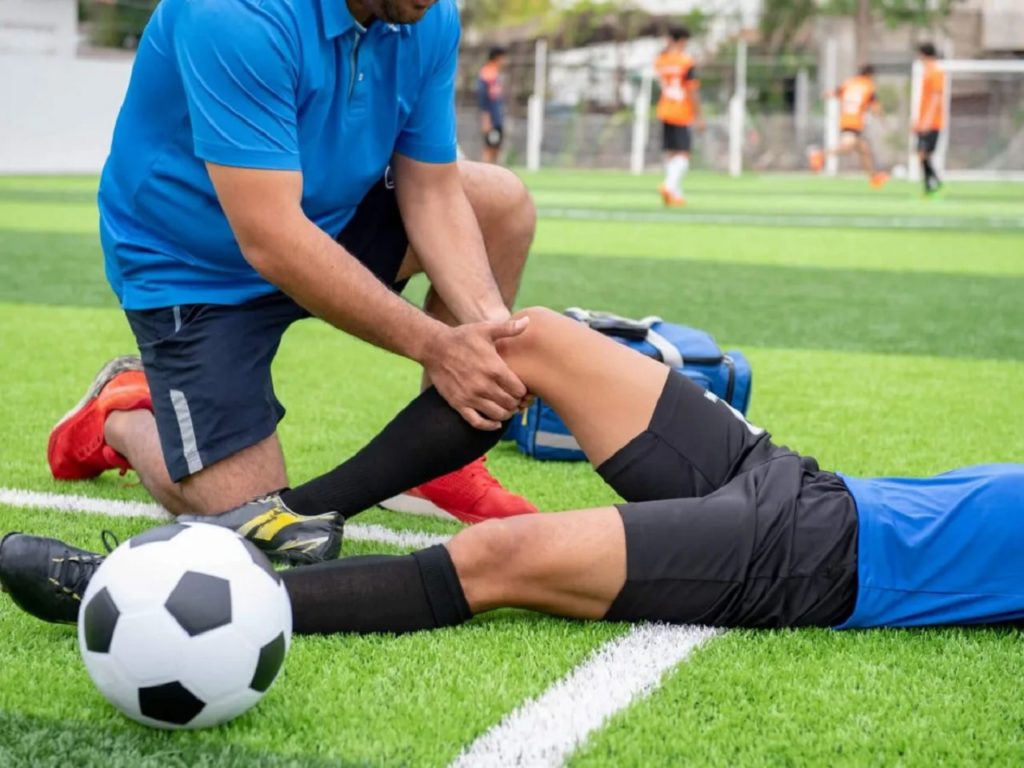Are you a passionate soccer player eager to stay injury-free and perform at your best on the field? Look no further! In this article, we will unveil ten dynamic and effective power moves that will not only help you prevent soccer injuries but also elevate your game to new heights. With a focus on injury prevention, these exercises are designed to strengthen key muscle groups, enhance agility, and improve overall performance.
From dynamic warm-ups to agility drills, each move is an essential component of a comprehensive training routine. By incorporating these power moves into your training regimen, you’ll be equipped with the tools to dominate the field and keep soccer injuries at bay.
So, let’s dive in and discover the secrets to staying injury-free while excelling in the sport you love.
Dynamic Warm-up Routine to Prevent Soccer Injuries
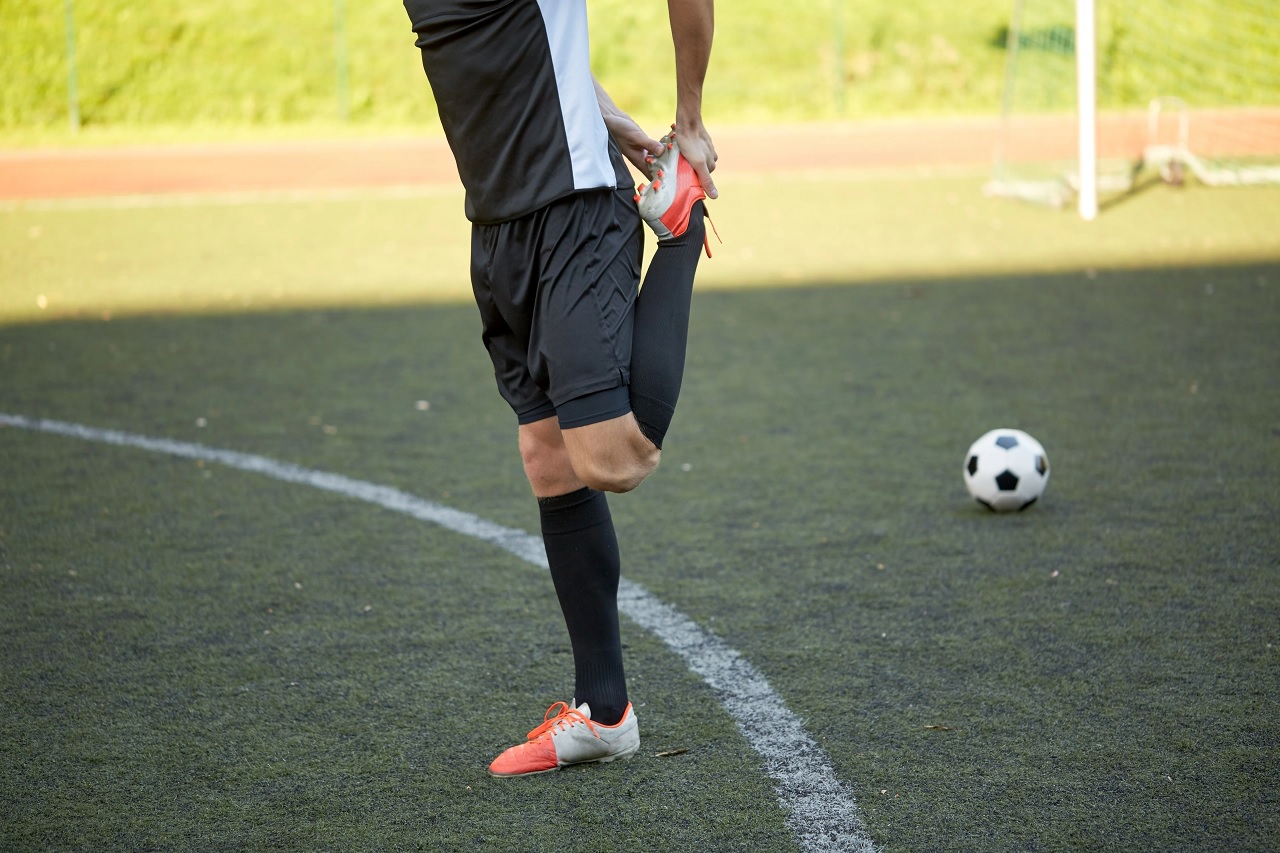
The dynamic warm-up routine is a crucial aspect of injury prevention in soccer. By engaging in a series of active exercises before training or matches, players can effectively prepare their bodies for the physical demands of the sport while reducing the risk of soccer injuries. To begin with, start with a light jog to elevate your heart rate and increase blood flow throughout the body.
Transitioning smoothly to the next phase, incorporate dynamic stretches that target major muscle groups, such as leg swings, hip circles, and arm circles. These stretches not only improve flexibility but also activate the muscles, priming them for optimal performance. Additionally, integrate exercises like high knees, butt kicks, and walking lunges to further warm up the lower body and enhance joint mobility.
Employing a dynamic warm-up prepares players for success, reducing strains, sprains, and soccer injuries. Make this routine integral to your pre-game or pre-training ritual for optimal performance on the field.
Core Strengthening Exercises

Core strengthening exercises are paramount in preventing soccer injuries and optimizing athletic performance. By targeting the muscles in the abdominal region, obliques, and lower back, these exercises provide stability and support to the entire body. One of the most effective exercises for core strength is the plank.
Assume a push-up position, resting on your forearms, and hold your body in a straight line. Engage your core muscles and hold this position for a designated time, gradually increasing the duration as your strength improves. Another beneficial exercise is Russian twists, where you sit on the ground, knees bent, and feet lifted slightly off the floor.
Twist your torso from side to side, tapping the ground with your hands. This exercise not only strengthens the core but also improves rotational power. Additionally, incorporating medicine ball throws into your routine can further enhance core strength. Hold a medicine ball at chest level, rotate your torso, and explosively throw the ball against a wall or to a partner, engaging the core muscles throughout the movement.
By regularly performing these core strengthening exercises, soccer players can improve their balance, stability, and overall body control, reducing the risk of soccer injuries such as strains and imbalances. So, make sure to integrate these exercises into your training regimen and witness the benefits on and off the field.
Plyometric Training
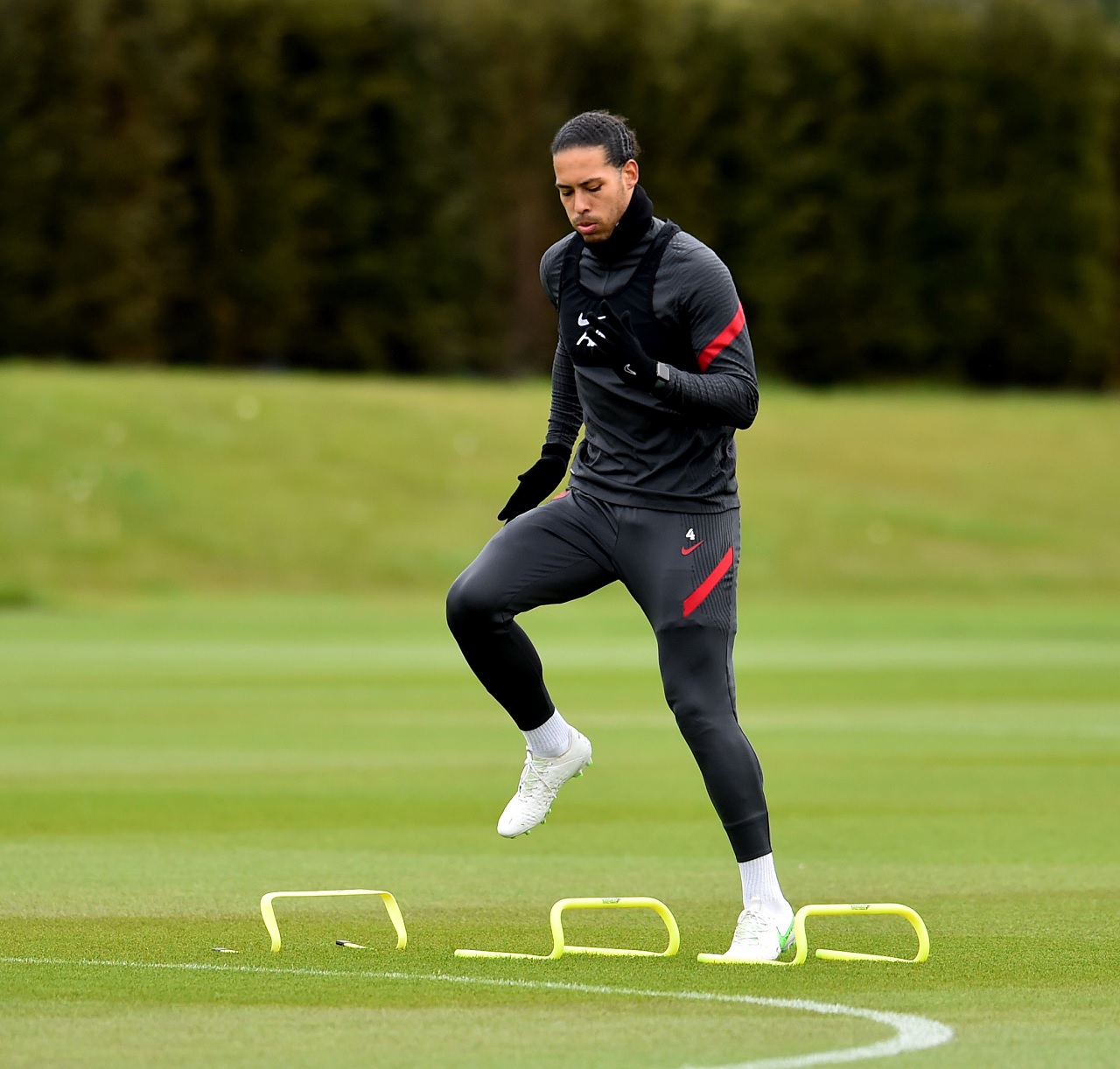
Plyometric training is a highly effective method for preventing soccer injuries and enhancing performance on the field. This type of training involves explosive movements that mimic the actions required in soccer, such as jumping, sprinting, and changing direction. By incorporating plyometric exercises into your training routine, you can significantly improve muscular power, speed, and agility, while also reducing the risk of soccer injuries.
One essential plyometric exercise is box jumps. Start by standing in front of a sturdy box or platform. Explosively jump onto the box, landing with both feet simultaneously and ensuring a soft landing. Step down carefully and repeat for a designated number of repetitions. Another beneficial exercise is lateral bounds, which involve jumping sideways explosively from one foot to the other, mimicking quick lateral movements on the field. Depth jumps are also effective for plyometric training.
Begin by standing on a raised platform, then step off, and upon landing, immediately jump vertically as high as possible. These exercises improve your body’s ability to generate force rapidly, enhancing explosiveness and reducing the risk of soccer injuries caused by inadequate power production.
Remember to gradually increase the intensity and difficulty of plyometric exercises over time to ensure proper progression and minimize the risk of overuse injuries. By incorporating plyometric training into your regimen, you’ll develop the power and agility necessary to excel in soccer while safeguarding yourself against common injuries.
So, integrate these dynamic exercises into your routine and take your game to new heights while staying injury-free.
Proper Technique Emphasis
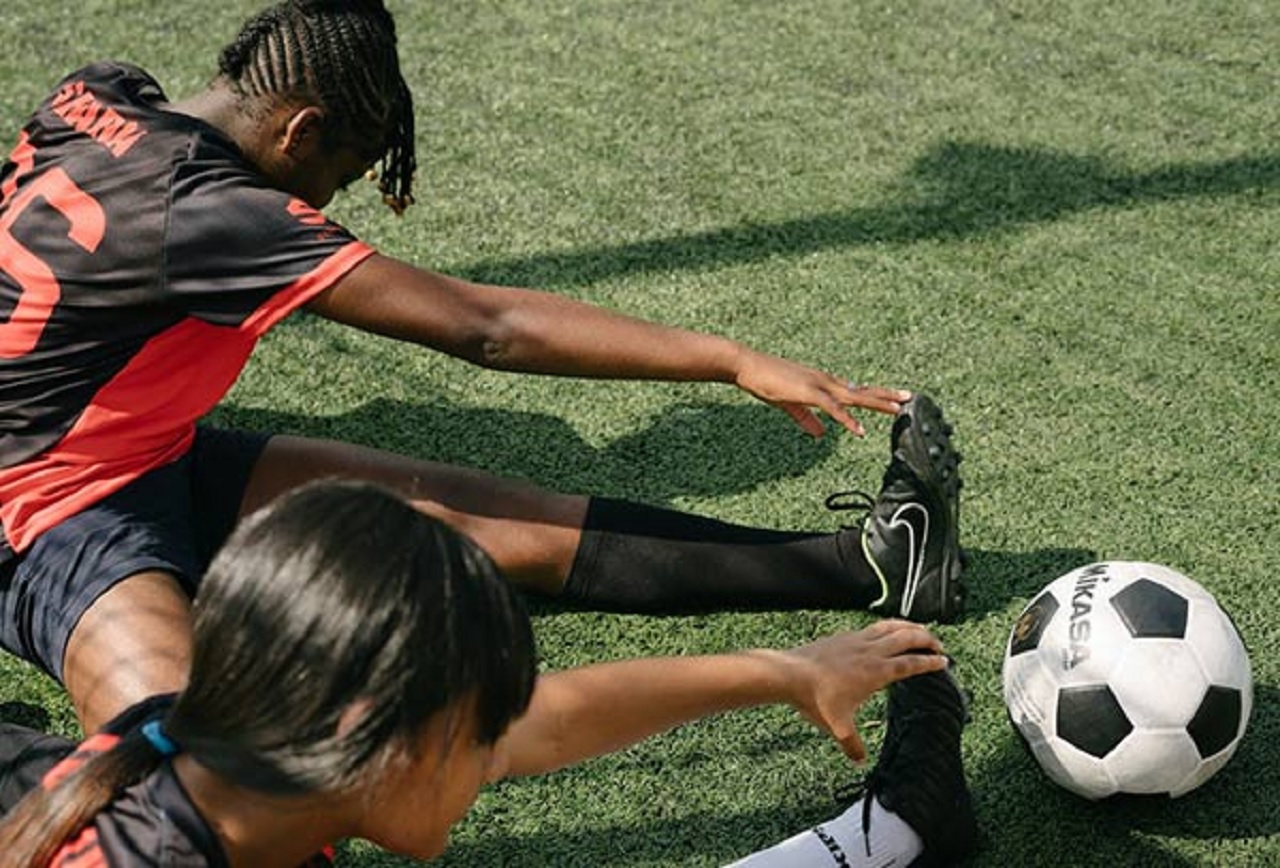
Proper technique emphasis is a fundamental aspect of soccer injury prevention. By prioritizing correct form and execution of skills, players can significantly reduce the risk of injuries while enhancing their overall performance. Whether it’s shooting, passing, or tackling, focusing on proper technique is essential.
Maintaining optimal body alignment and using the appropriate muscle groups are key elements of injury prevention. For instance, when shooting, players should ensure their plant foot is firmly grounded, body weight is properly transferred, and the kicking leg follows through smoothly.
Similarly, during passing, players should use the inside of their foot, maintain good body balance, and execute accurate and controlled passes. When it comes to tackling, proper timing, body positioning, and use of the shoulder rather than studs-up challenges are crucial.
By emphasizing proper technique, players can reduce the strain on their bodies and minimize the risk of soccer injuries such as muscle strains, ligament sprains, or overuse injuries. It’s essential to encourage players to focus on balance, control, and precision in their movements, thereby safeguarding themselves against unnecessary setbacks.
So, whether you’re honing your shooting skills or perfecting your passing technique, remember that injury prevention starts with proper technique. By mastering the correct form, players can stay in the game, excel in their performance, and prevent soccer injuries.
Agility Drills

Agility drills are an integral component of soccer injury prevention, helping players develop quickness, responsiveness, and body control on the field. These drills focus on improving footwork, reaction time, and coordination, all of which play a vital role in avoiding soccer injuries.
One effective agility drill is ladder drills. Set up an agility ladder on the ground and perform various footwork patterns, such as high knees, lateral shuffles, or quick steps, moving through the ladder as quickly and accurately as possible.
Cone drills are also valuable for agility training. Set up cones in a zigzag pattern and navigate through them, making sharp turns and changes in direction. Shuttle runs, where players sprint back and forth between two designated points, are another excellent agility exercise.
Agility drills challenge muscles and joints, improving their ability to handle sudden shifts and reducing injury risk. Incorporate agility drills into your routine to enhance agility, balance, and spatial awareness, reducing the likelihood of ankle sprains or knee ligament tears. Make agility drills a regular part of your training to enhance on-field performance and safeguard against soccer injuries.
Strength Training
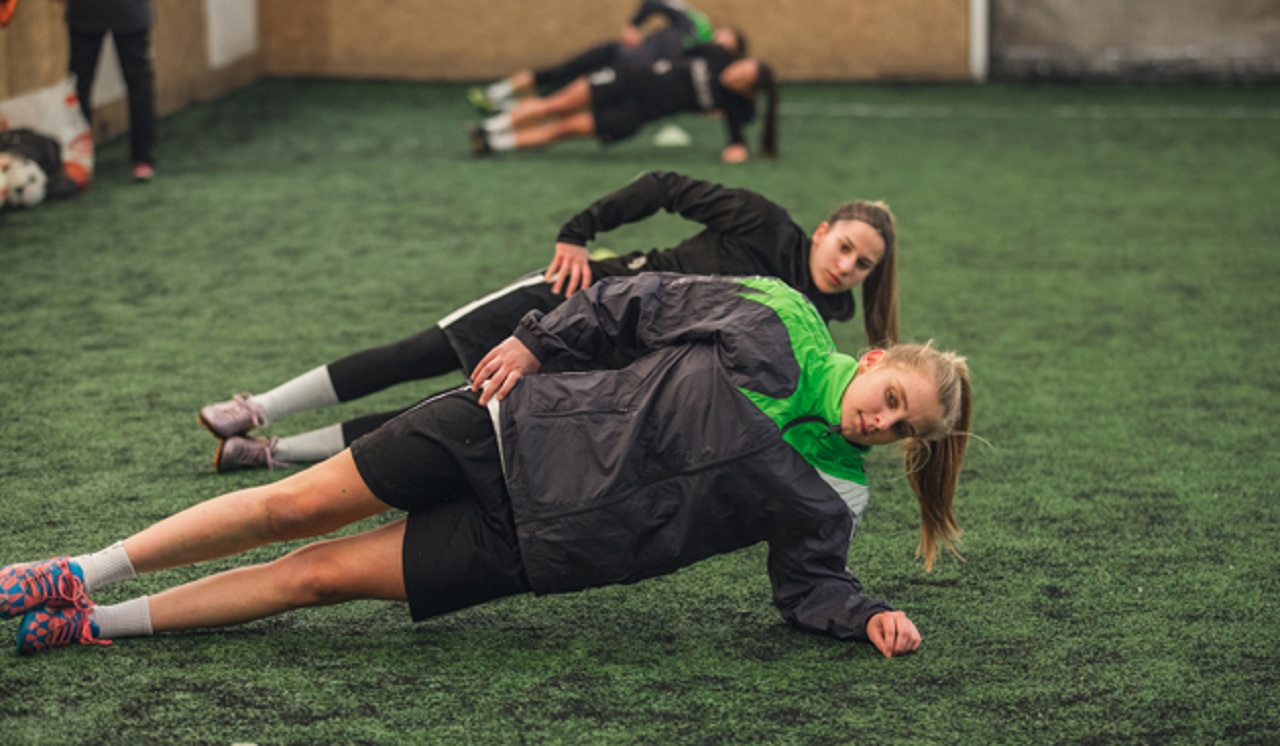
Strength training is crucial for preventing soccer injuries, building physical resilience, and meeting the sport’s demands. Incorporating strength exercises develops stronger muscles, enhances body stability, and minimizes injury risk. Make strength training a part of your routine to protect against soccer injuries.
One effective exercise for strength training is squats. Squats target the lower body muscles, including the quadriceps, hamstrings, and glutes, helping to improve power and stability. Another beneficial exercise is lunges, which strengthen the leg muscles and promote balanced muscle development.
Deadlifts target the posterior chain, enhancing explosive movements and injury prevention in soccer players. Transition smoothly between exercises and gradually increase intensity to build strength while minimizing injury risk. Engaging in regular strength training improves performance, reduces muscle imbalances, enhances joint stability, and decreases the likelihood of soccer injuries. Incorporate strength training into your routine for a stronger, resilient body that can withstand the physical demands of soccer and remain injury-free.
Flexibility and Mobility Exercises
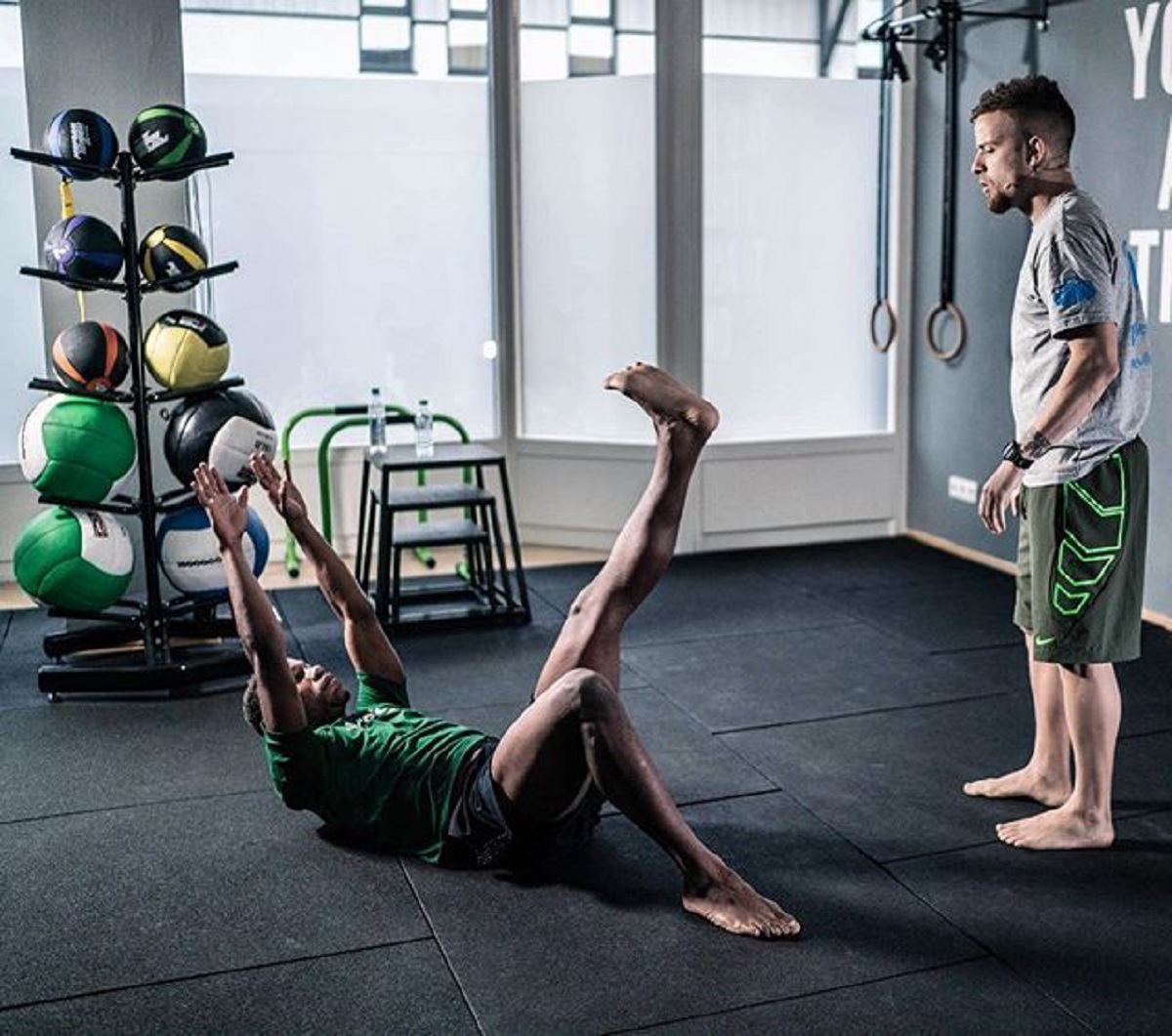
Flexibility and mobility exercises are crucial for soccer injury prevention, allowing players to move freely and maintain a wide range of motion. These exercises focus on improving muscle flexibility, joint mobility, and overall body suppleness. One effective exercise for flexibility is the standing hamstring stretch.
Stand upright, extend one leg in front, and lean forward from the hips, keeping your back straight. You should feel a stretch in the back of your extended leg. Another beneficial exercise is the hip flexor stretch. Kneel on one knee, lunge with the other leg, and gently push hips forward to stretch the front of your hip. Transition smoothly and use dynamic stretches like leg swings or arm circles to improve flexibility and mobility.
Regularly doing these exercises improves joint mobility, reduces muscle tightness, and prevents soccer injuries like strains or pulls. Remember to perform flexibility training after a proper warm-up. Incorporate flexibility and mobility exercises into your routine to enhance performance and minimize injury risk in soccer.
Balance and Stability Training
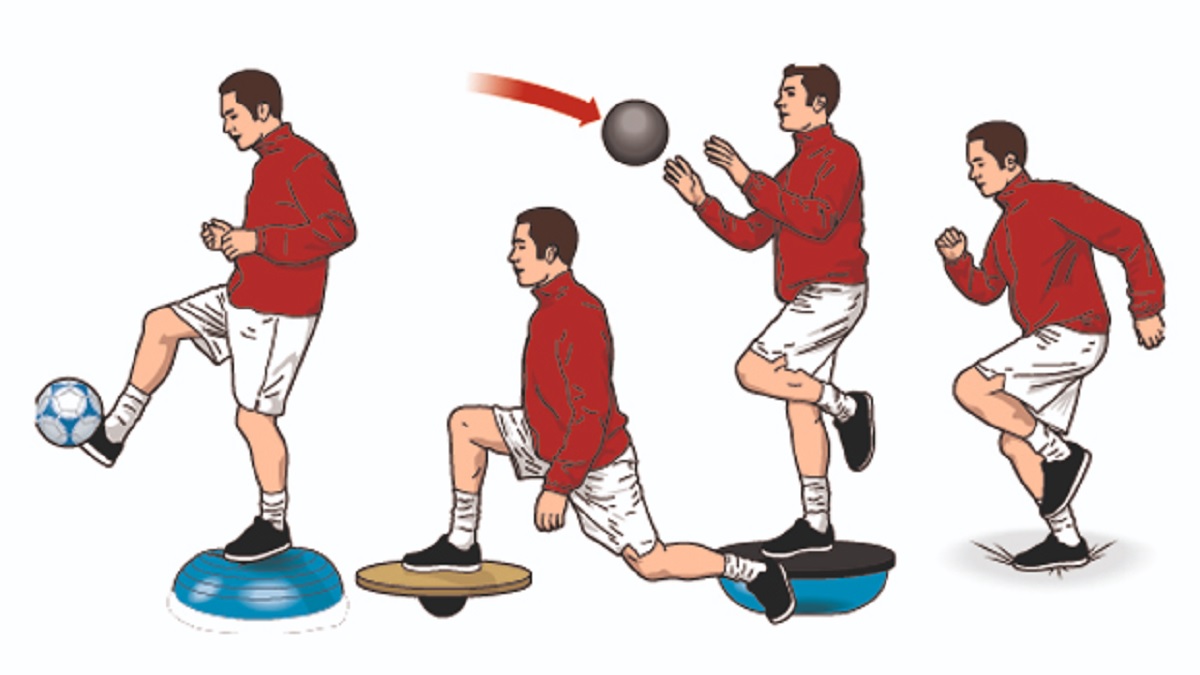
Balance and stability training play a crucial role in soccer injury prevention, helping players maintain control, improve body awareness, and reduce the risk of falls or awkward movements that could lead to injuries. These exercises focus on strengthening the stabilizer muscles and improving overall body control.
One effective exercise for balance and stability is the single-leg balance. Stand on one leg and maintain your balance for a designated time, ensuring proper alignment and engaging your core. Transitioning smoothly to the next exercise, incorporate the use of balance boards or wobble cushions to challenge your stability further.
These tools create an unstable surface, forcing your muscles to work harder to maintain balance. Another beneficial exercise is the Bosu ball squat. Stand on a Bosu ball with one foot and perform squats while maintaining balance. This exercise targets the lower body muscles while also engaging the core for stability.
By regularly incorporating balance and stability training into your routine, you can improve proprioception, enhance muscle coordination, and reduce the risk of soccer injuries such as ankle sprains or knee ligament tears. It’s important to progress gradually in difficulty and duration, allowing your body to adapt and strengthen.
Incorporate balance and stability training into your regimen for improved body control and injury prevention in soccer.
Rest and Recovery
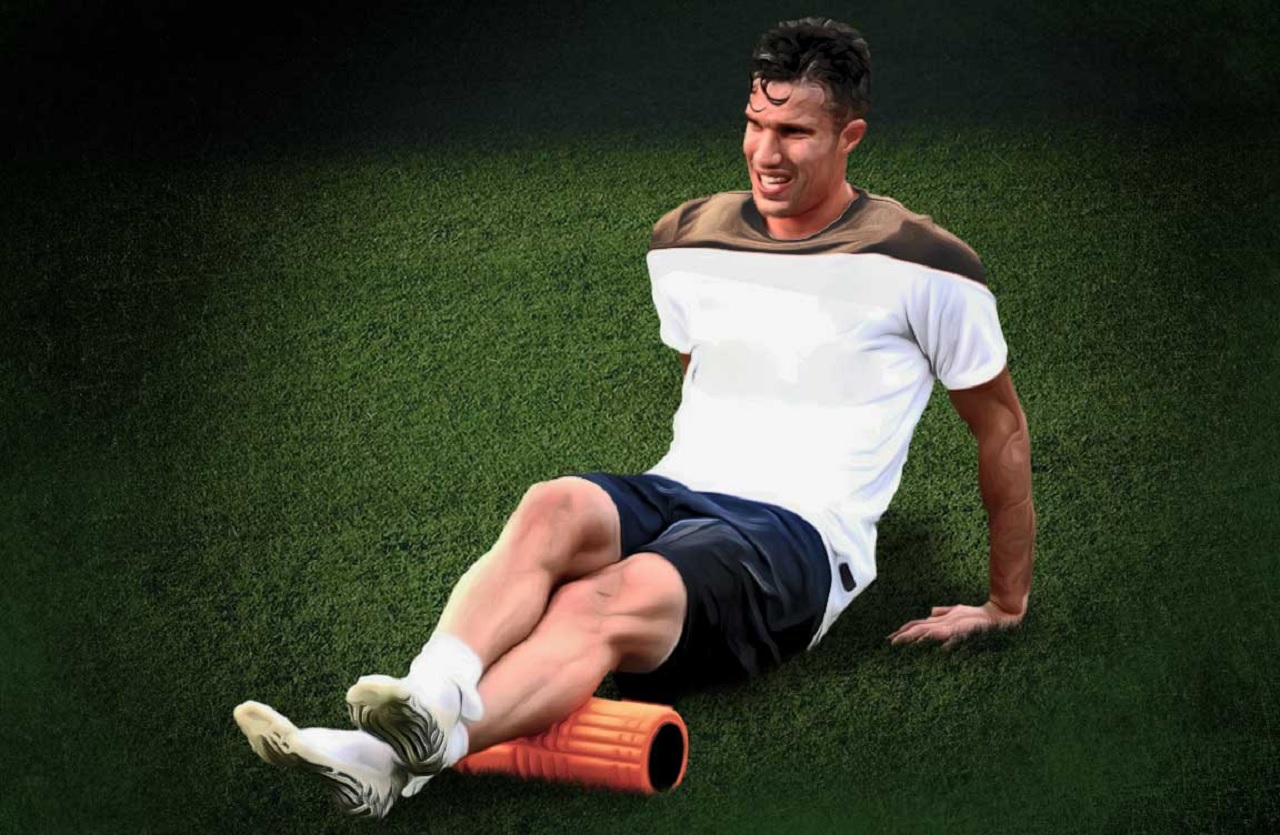
Rest and recovery are essential components of soccer injury prevention. Proper rest repairs the body, reduces overuse injuries, and promotes optimal performance on the field. It’s crucial to prioritize both physical and mental recovery to maintain a healthy and resilient body.
Transitioning smoothly between intense training sessions and rest days is vital. Rest days allow muscles and joints to recover, reducing the risk of soccer injuries. Include active recovery activities to promote blood circulation and aid in the recovery process.
Adequate sleep is another crucial aspect of rest and recovery. Sleep repairs tissues, replenishes energy, and reduces the risk of soccer injuries due to fatigue or muscle issues.
Taking breaks from soccer and practicing hobbies or relaxation techniques alleviate mental stress and prevent burnout. Prioritize rest and recovery to heal, reduce injury risk, and ensure long-term success. Listen to your body, schedule rest days, sleep well, and engage in activities for mental relaxation to prevent soccer injuries.
Injury Monitoring and Professional Guidance
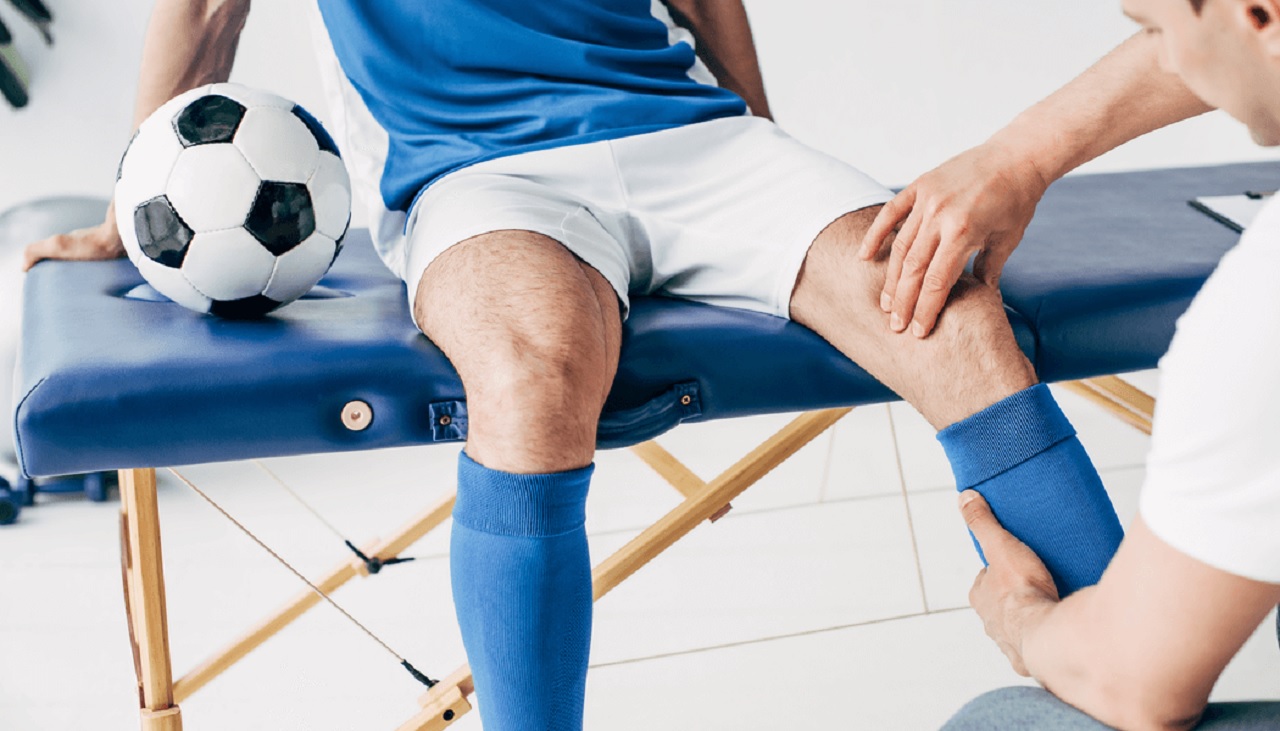
Preventing soccer injuries is crucial through injury monitoring and professional guidance. Monitor discomfort and signs of injury closely to take proactive measures. Seek guidance from therapists or trainers for tailored strategies.
Regularly monitor body response to training. Notice pain, swelling, or limited range of motion. Address warning signs promptly, adjusting intensity or seeking medical advice. Be proactive to prevent minor issues from becoming major injuries.
Professional guidance is vital. Experts assess movement patterns, identify weaknesses, and create tailored programs. Follow proper form, target weak areas with specific exercises, and learn injury prevention strategies. Understand individual risk factors for soccer injuries.
By monitoring and seeking guidance, proactively address issues, improve physical condition, and reduce injury risk. Communicate openly with professionals. Remember, prevention is better than cure. Prioritize monitoring and guidance for an injury-free soccer career.
Conclusion –
In conclusion, incorporating these 10 power moves into your training regimen can make a remarkable difference in preventing soccer injuries and elevating your performance on the field.
By focusing on dynamic warm-up routines, core strengthening exercises, plyometric training, proper technique, agility drills, strength training, flexibility and mobility exercises, balance and stability training, rest and recovery, and injury monitoring. You can equip yourself with the tools needed to stay injury-free and dominate the game.
Take proactive steps to protect your body, optimize your physical abilities, and achieve your soccer goals. Remember, prevention is key. So, lace up your boots, implement these power moves, and embrace the journey towards becoming a stronger, more resilient player. Your future self will thank you, both for the victories you’ll achieve and the injuries you’ll prevent. Start today and unlock your true potential on the soccer field!

